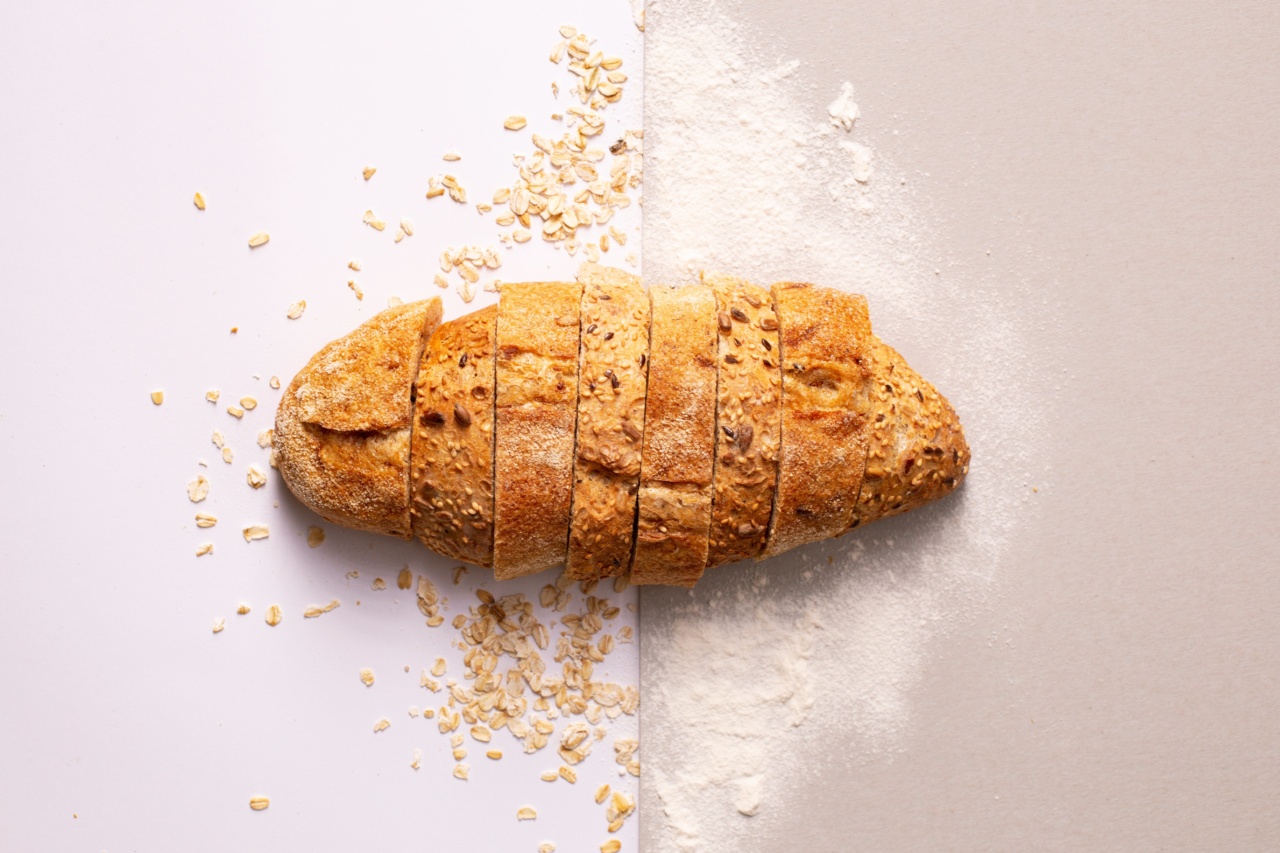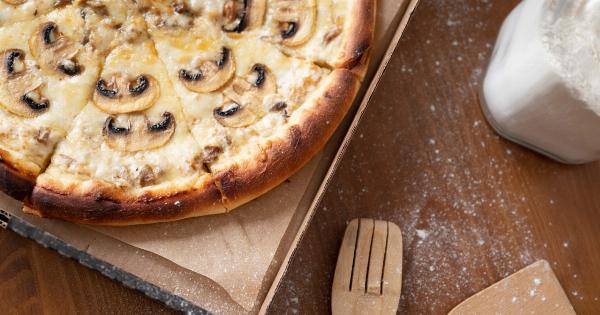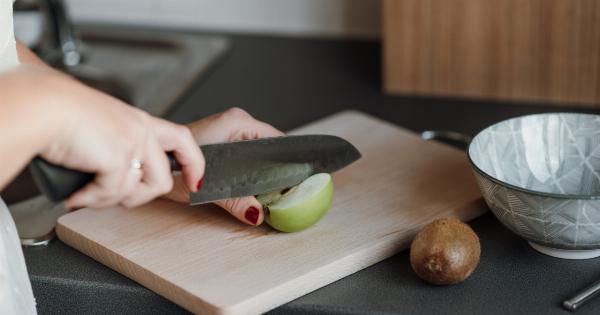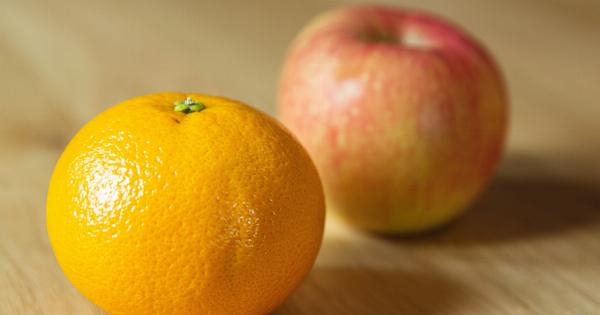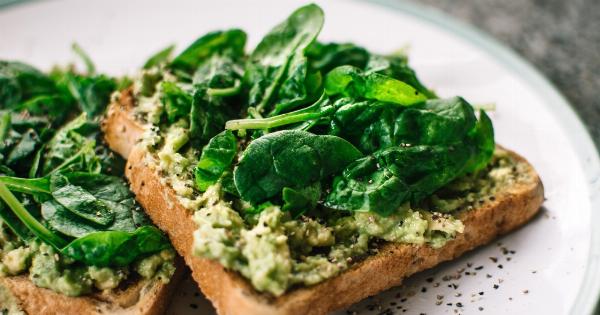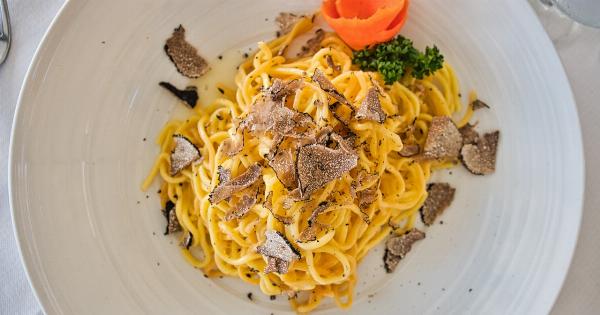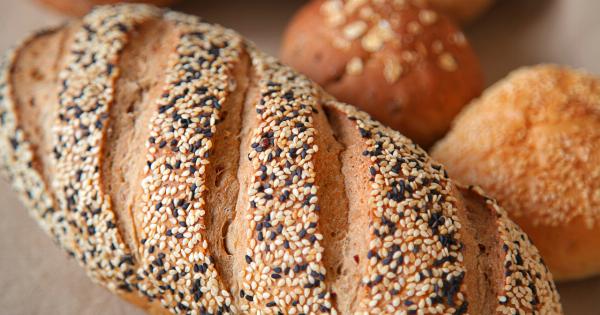When it comes to baking bread, getting the perfect loaf can be both a science and an art. There are many factors that can impact the final product, and one of the most important is the type of flour used.
In this article, we’ll explore the different flours available to bakers, their impact on the bread-making process, and their individual strengths and weaknesses.
All-Purpose Flour
All-purpose flour is the most commonly used flour for baking bread in the United States. It is a blend of high-gluten hard wheat flour and low-gluten soft wheat flour.
As the name suggests, it can be used for a variety of baked goods, including bread, cakes, and cookies.
Its versatility makes it a popular choice for home bakers, as there’s no need to buy different types of flour for different recipes. However, this also means that it may not give the best results for a specific type of bread.
The gluten content of all-purpose flour is not high enough to create the chewy texture of a rustic loaf or baguette.
Bread Flour
Bread flour is made from hard wheat flour that has a higher protein content than all-purpose flour. The added protein creates stronger gluten networks, which gives bread its structure and texture. It is ideal for making yeast bread and sourdough bread.
While bread flour is not as versatile as all-purpose flour, it does give superior results when used for bread-making. The bread is more elastic, rises higher, and has a chewier texture.
However, it may not be suitable for cakes, cookies, or other baked goods that require a tender crumb.
Whole Wheat Flour
Whole wheat flour is made from the entire wheat grain, including the bran and germ. This gives it a higher fiber content, as well as a more robust flavor. It is often used for making whole wheat bread, which is denser and more filling than white bread.
In addition to its health benefits, whole wheat flour can also be used to add flavor and texture to other types of bread. Adding a small amount of whole wheat flour (10-20%) to bread flour can give the bread a nutty flavor and a slightly denser texture.
However, too much whole wheat flour can make the bread heavy and difficult to rise.
Rye Flour
Rye flour is made from rye grain, which has a lower gluten content than wheat. This makes it more challenging to work with, but it also gives bread a unique flavor and texture. Rye bread is denser and chewier than wheat bread, with a slightly sour taste.
Rye flour is often used in combination with wheat flour to make sourdough bread. The acid produced in the sourdough fermentation process helps to break down the gluten in the rye flour, making the bread easier to digest.
Semolina Flour
Semolina flour is made from durum wheat, which is a high-protein, hard wheat. It has a yellow color and a coarse texture, which makes it ideal for making pasta and pizza dough.
Semolina flour can also be used in bread-making, particularly for Italian-style bread.
Using semolina flour in bread can give the bread a slightly nutty flavor and a chewy texture. However, the coarse texture of the flour can make the dough harder to work with, and it may not rise as high as bread made with finer flours.
Spelt Flour
Spelt flour is made from spelt, an ancient grain that is a distant relative of modern wheat. It has a nutty flavor and a lower gluten content than wheat flour, which makes it easier to digest for some people.
Spelt flour can be used in bread-making, particularly for those who have difficulty digesting wheat. It has a slightly sweet flavor and a softer texture than wheat bread.
However, spelt flour does not rise as high as wheat flour, so it may produce a denser loaf.
Cake Flour
Cake flour is made from soft wheat flour and has a lower protein content than all-purpose flour. This makes it ideal for making tender, delicate cakes and other baked goods that require a fine crumb.
However, cake flour is not recommended for making bread, as it does not have enough gluten to create the structure needed to hold the bread together. Using cake flour could result in a dense and crumbly bread.
Durum Flour
Durum flour is a high-protein, hard wheat flour that is often used to make pasta. It has a yellow color and a coarse texture, which makes it ideal for rolling and cutting pasta dough.
However, it can also be used in bread-making, particularly for Italian-style bread.
Durum flour has a slightly sweet flavor and a chewy texture. However, like semolina flour, its coarse texture can make the dough harder to work with, and it may not rise as high as bread made with finer flours.
Weaknesses of Different Flours
While each type of flour has its strengths, it also has weaknesses that can impact the final product.
All-purpose flour is not ideal for making bread that requires a chewy texture, as it does not have a high enough gluten content.
Bread flour, on the other hand, may be too strong for delicate baked goods like cakes and cookies, as it can create a tough texture.
Whole wheat flour can make bread heavy and difficult to rise if too much is used.
Rye flour is challenging to work with and requires a longer fermentation time to break down the gluten.
Semolina flour and durum flour have a coarse texture, which can make the dough harder to work with and may result in a denser loaf.
Spelt flour does not rise as high as wheat flour and may produce a denser loaf.
The Impact of Flour on Bread-Making
Choosing the right flour for the type of bread you want to make is essential, but it’s not the only factor that can impact the bread-making process.
Other factors include:.
- The hydration level of the dough
- The type and amount of yeast used
- The fermentation time and temperature
- The kneading and shaping of the dough
The gluten in the flour plays a crucial role in giving bread its structure and texture. When the dough is kneaded, the gluten strands form a network that traps the air bubbles produced by the yeast, causing the dough to rise.
The amount of gluten needed will vary depending on the type of bread being made.
Some breads, such as sourdough, require a longer fermentation time to develop the flavor and texture. Other breads, such as white bread, may have a shorter fermentation time to retain a light, airy texture.
The temperature of the environment also plays a role in how quickly the yeast ferments and the bread rises.
Conclusion
The type of flour used has a significant impact on the final product of bread-making. Each type of flour has its strengths and weaknesses that should be considered when choosing which flour to use.
Other factors, such as hydration level, yeast used, fermentation time, and temperature, also impact the bread-making process.
By understanding the characteristics of different flours and the impact they have on bread-making, bakers can create the perfect loaf every time.
